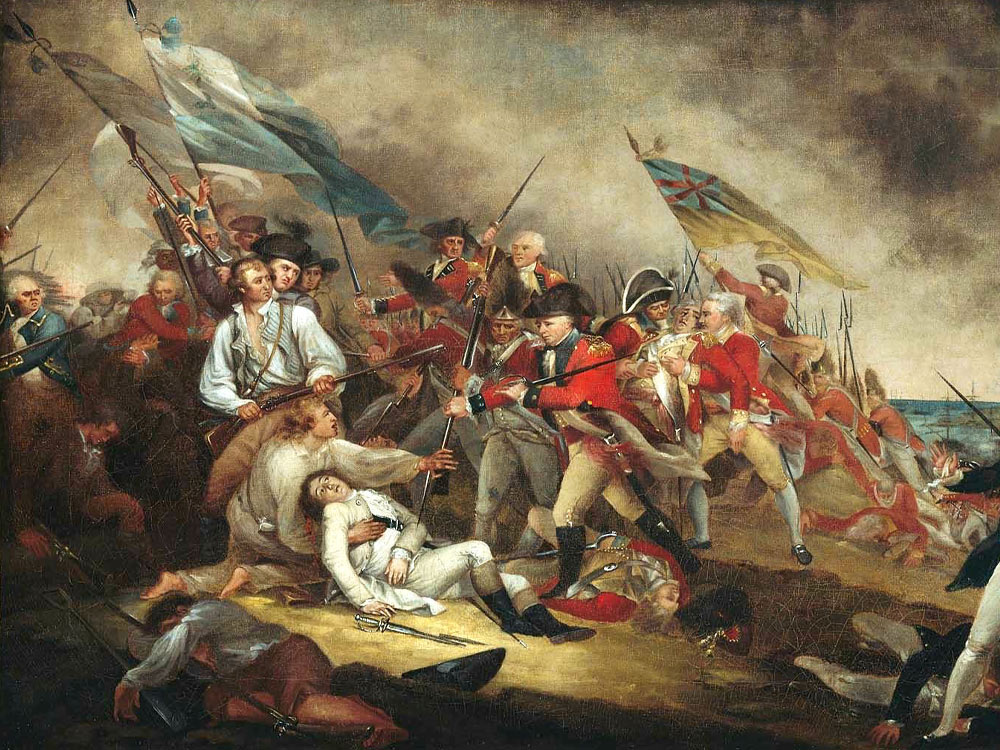Boston Massacre
The BLOODY MASSACRE perpetrated in King Street Boston on March 5th 1770 by a party of the 29th Regt.
Jonathan Mulliken was a clockmaker in Newburyport. His engraving of the scene of the Boston Massacre was based on Paul Revere’s print (with minor differences) and was most likely issued in Newburyport, C. 1770.
A group of seven Red Coats, on the signal of an officer, fire into a crowd of civilians. Three lie bleeding on the ground and two casualties have been lifted by the crowd. Behind the British troops is the Royal Custom House, which bears the sign “Butcher’s Hall.” Beneath the print are 18 lines of verse and a listing of the “unhappy Sufferers” Saml Gray, Saml Maverick, James Caldwell, Crispus Attucks, and Patrick Carr (killed). Importantly, Crispus Attucks was a Black and Nipmuc sailor, yet Revere omitted this detail in his etching. One might speculate that the print might lose its impact as a propaganda document if a Black man was highlighted.
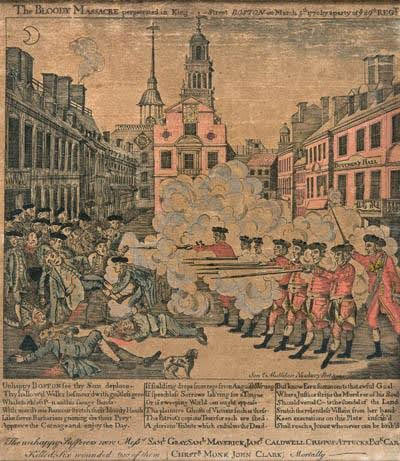
Boston Massacre, March 5th, 1770
19th century depiction of the events of the Boston Massacre in 1770 emphasizing the death of Crispus Attucks, a Black and Nipmuc sailor.
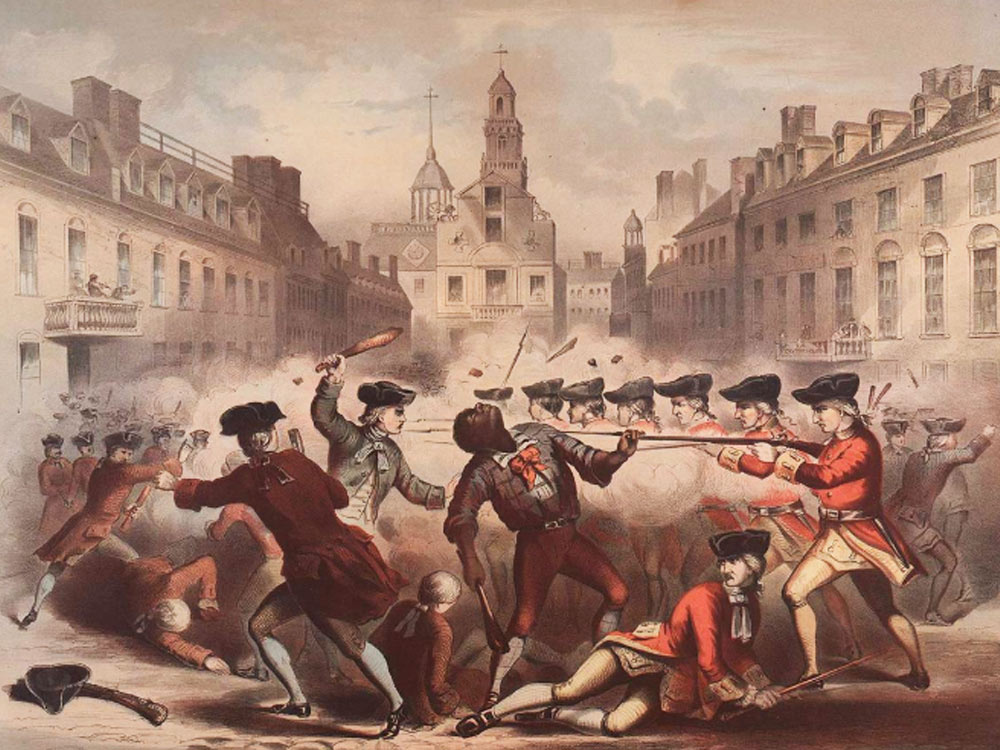
This second 19th century depiction of the events of the Boston Massacre in 1770 emphasizied the death of Crispus Attucks.
By the 1850s, 80 years after the Boston Massacre, abolitionists resurrected Crispus Attucks as a powerful symbol of resistance and sacrifice. John H. Bufford’s print places Attucks at the center of the event as a heroic martyr as he was known to be a respected sailor.
Importantly he escaped from slavery and to avoid being caught, went by the alias Michael Johnson. Long sea voyages were smart ways to disappear and reinvent oneself. He was scheduled to sail with Capt. Folger on a long whaling voyage only days after this tragedy took place.
Both the 1770 and 1850s portrayals of the Boston Massacre—and of Attucks himself—were shaped to influence public opinion. In the Revolutionary period, these depictions supported the call for independence from Britain; during the antebellum era, they served the abolitionist cause.
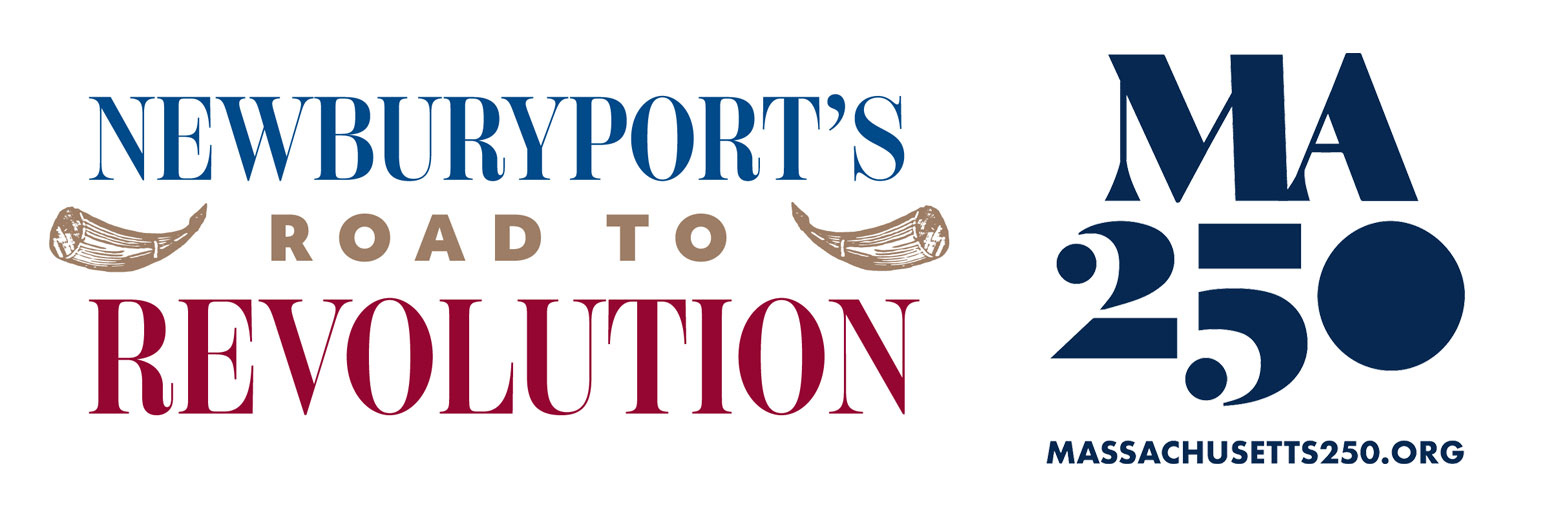
Special Thanks to:

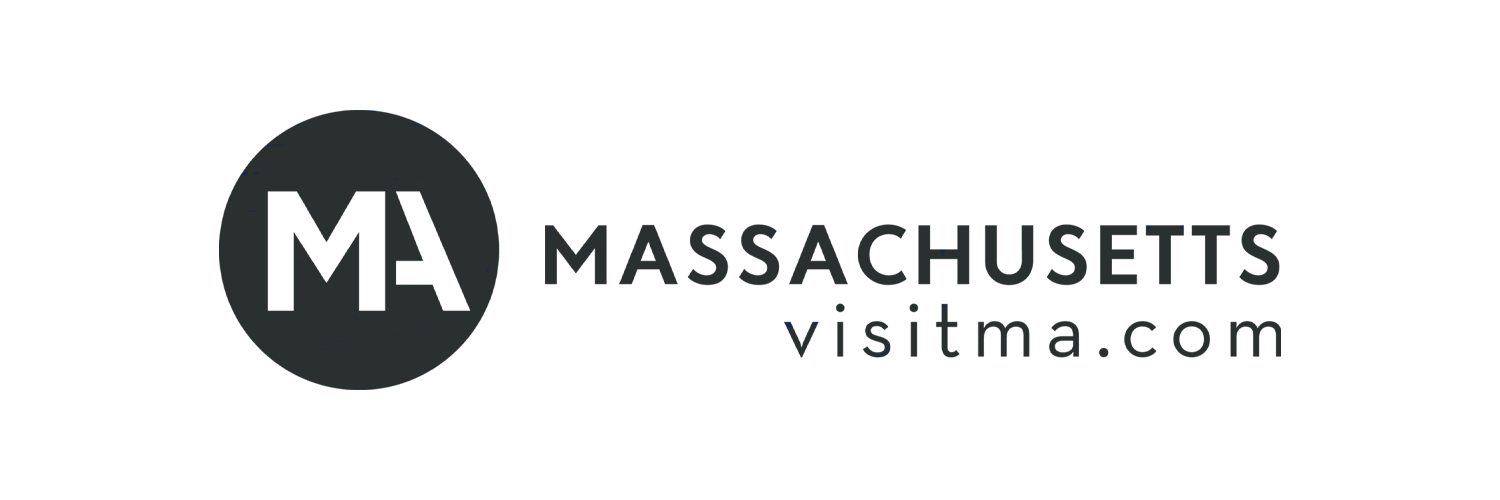
Plan Your Visit
Plan Your Visit
- Museum Hours
Sunday: 12 pm - 5 pm
Closed Monday
- Tickets
Free for NBPT residents, kids under 12, and museum members
Cost of admission includes access to the Discovery Center.
- Parking
City parking is available adjacent to the museum. View parking lot directions.

